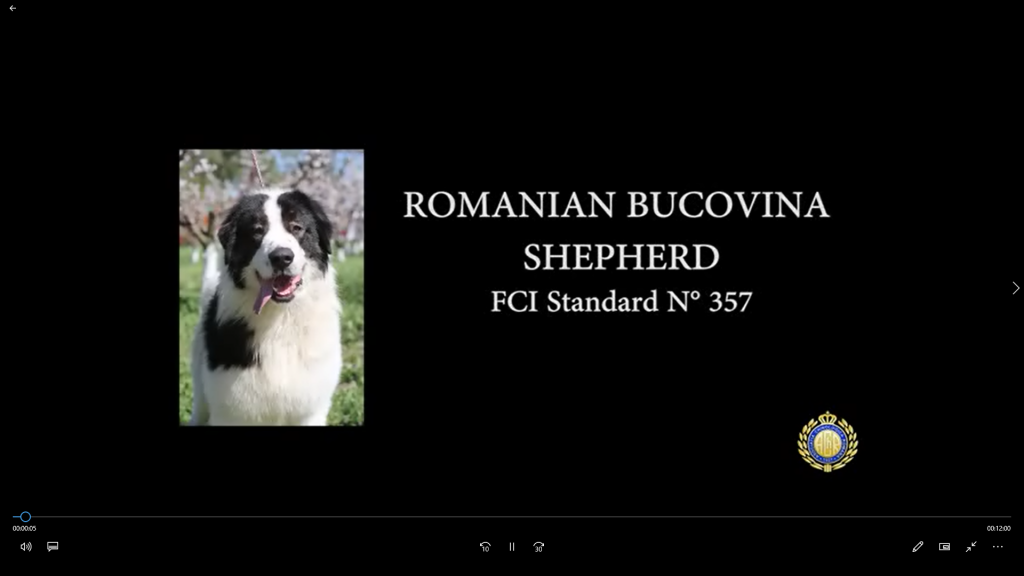
Dear readers,
Please find below FCI Academy’s introduction to the Romanian Bucovina shepherd (Ciobanesc Românesc de Bucovina), FCI standard nr 357.
Breed-specific education video: the Romanian Bucovina shepherd (Ciobanesc Românesc de Bucovina).
Fédération Cynologique Internationale (FCI) official blog

Dear readers,
Please find below FCI Academy’s introduction to the Romanian Bucovina shepherd (Ciobanesc Românesc de Bucovina), FCI standard nr 357.
Breed-specific education video: the Romanian Bucovina shepherd (Ciobanesc Românesc de Bucovina).
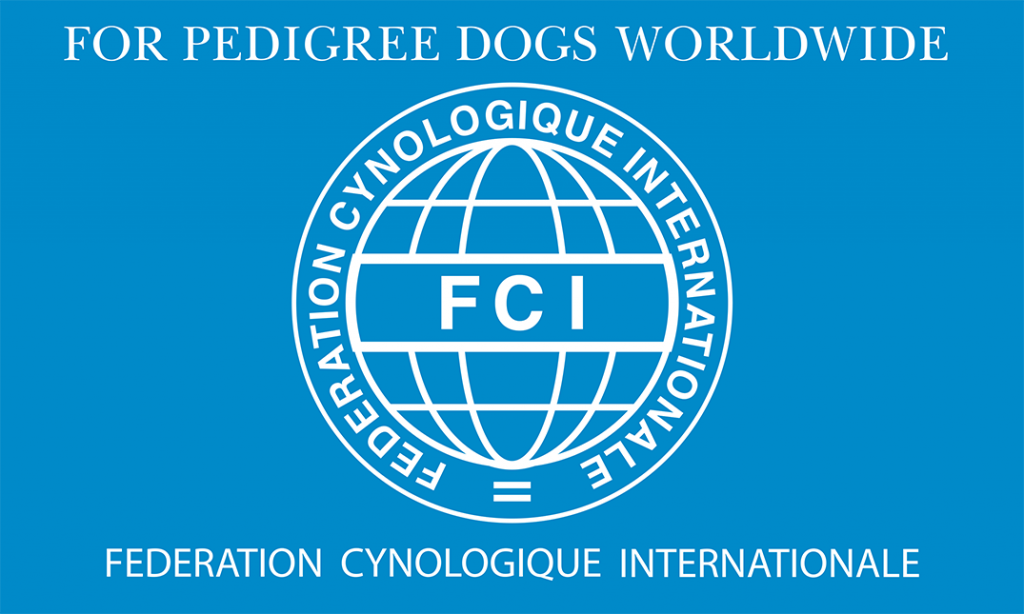
It took until 10 April 1921 for a meeting reconstituting the FCI to be held in Paris, with work resuming under the presidency of the Duke of Lesparre. The Société Centrale Canine pour l’Amélioration des Races de Chiens en France is represented by the Count Clary, Duke of Lesparre and Baron Jaubert; the Société Royale Saint-Hubert is represented by Baron Houtart and Mr V. Du Pré. The Assembly unanimously approves the Statutes and Regulations of the Fédération Cynologique Internationale and declares the foundation of the Federation.
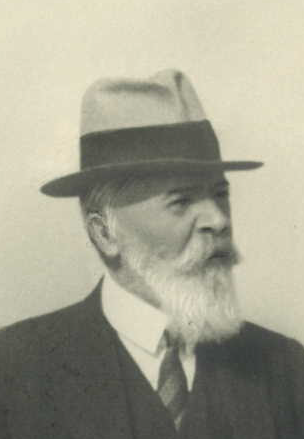
The fee per event due to the FCI is set to 100 BEF (2.5 €) and the membership fee amounts to 500 BEF (12.5 €). At the end of the Assembly, Count Clary is elected President and Baron Houtart, Secretary-Treasurer. Thanks to his efforts, his activity and capability, the Fédération Cynologique Internationale will have a great future.
In June 1921, the first two CACIB shows organised after the re-creation of the FCI take place in Brussels, a total of eleven CACIB’s are awarded. In addition, the same year, the first CACIT competitions are held in Corroy-le Château (Belgium) and 1 CACIT is awarded.
On May 28th, 1922 in Paris, the FCI President, Count Clary, opens the meeting with the following words: “Over the last seven years, our Fédération Cynologique Internationale, first in a state of lethargy, then dissolved, has lived on memories of the past, nourishing the hope of being reborn. In the silence of the war years, it seemed that all social life had stopped breathing. It gives us great pleasure to have resurrected our Federation and started its heart beating regularly again on 10 April 1921.”
The Société Royale Saint-Hubert and the Société Centrale pour l’Amélioration des Races de Chiens en France are the two associations responsible for reconstituting the FCI, helping it to regain its position and expand its work for the future of cynology.
The Dutch Raad van Beheer immediately joins in, with Spain and Italy soon to follow.
The following national associations are present at the meeting:
The Société Centrale pour l’Amélioration des Races de Chiens en France, represented by the Duke of Lesparre, Count Clary and Baron Jaubert;
The Société Royale Saint-Hubert, Union des Sociétés Canines de Belgique, represented by Mr Du Pré and Mr Albert Houtart;
The Raad van Beheer op Kynologisch Gebied in Nederland, represented by Mr G.J. van der Vliet;
The Real Sociedad Central de Fomento de las Razas Caninas en España, represented by Mr Albert Houtart;
The Kennel Club Italiano, represented by Mr Houtart.
At this meeting the members decide to create a special category of members – the so-called “associate members” – for national canine associations from countries which, due to their distance or other valid reasons, are not able to become full FCI members. Such associated members would only be bound to the Federation by the text and within the limits of specific mutually adopted agreements, including the joint recognition of pedigrees, kennel names and sanctions. Associated members would not be represented on the FCI general committee and they would only be allowed to take part in General Assemblies in a consultative capacity.
At this meeting it is pointed out that two sanctions have been taken by the Société Royale Saint-Hubert and sent to member organisations, one for a “false declaration in the drafting of a pedigree”, the other for “incorrect behaviour towards a judge in the exercise of his duties”. Things haven’t changed much since then! The 1922-23 presidency is unanimously awarded to Mr Du Pré, the 1st vice-president of the Société Royale Saint-Hubert, with Mr G.J. van der Vliet, president of the Raad van Beheer as vice-president.
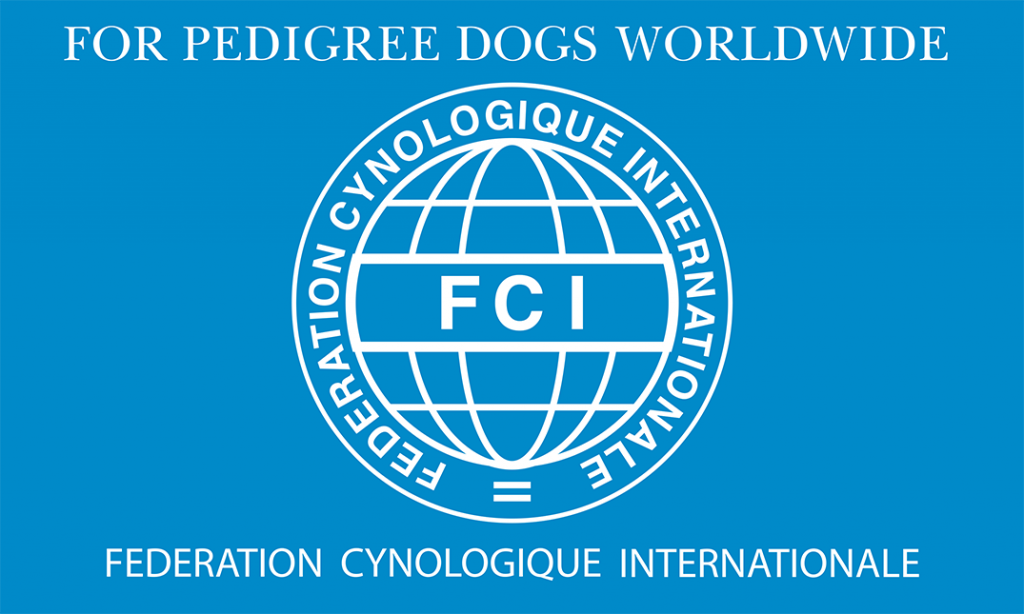
1911 therefore is the year in which the FCI was founded. Its establishment is the result of the efforts of experienced and perseverant cynologists and cynophiles from Germany, Austria, Belgium, France and Holland. The economic situation at that time – often referred to as the “Belle Epoque” – is favourable for that.
Between the date of its creation and the dramatic first World War, the FCI holds different General Assemblies. The first conference to take place after the FCI is founded is in Amsterdam, in 1912, under the presidency of the Duke of Lesparre. In his opening speech, he refers to the mistrust of the different kennel clubs that see the FCI as a possible threat against their authority and independence. The Duke of Lesparre’s motto is “Ni conquérants, ni conspirateurs” (“neither conquerors, nor conspirators”).
The very first CACIB show ever conducted is organised in Brussels on 6-7-8 April 1912 followed by others in France (Paris and Lyon) and in The Netherlands (Amsterdam). Simultaneoulsy, the very first CACIT trials take place in Belgium (Beuzet) and France (Sandricourt).
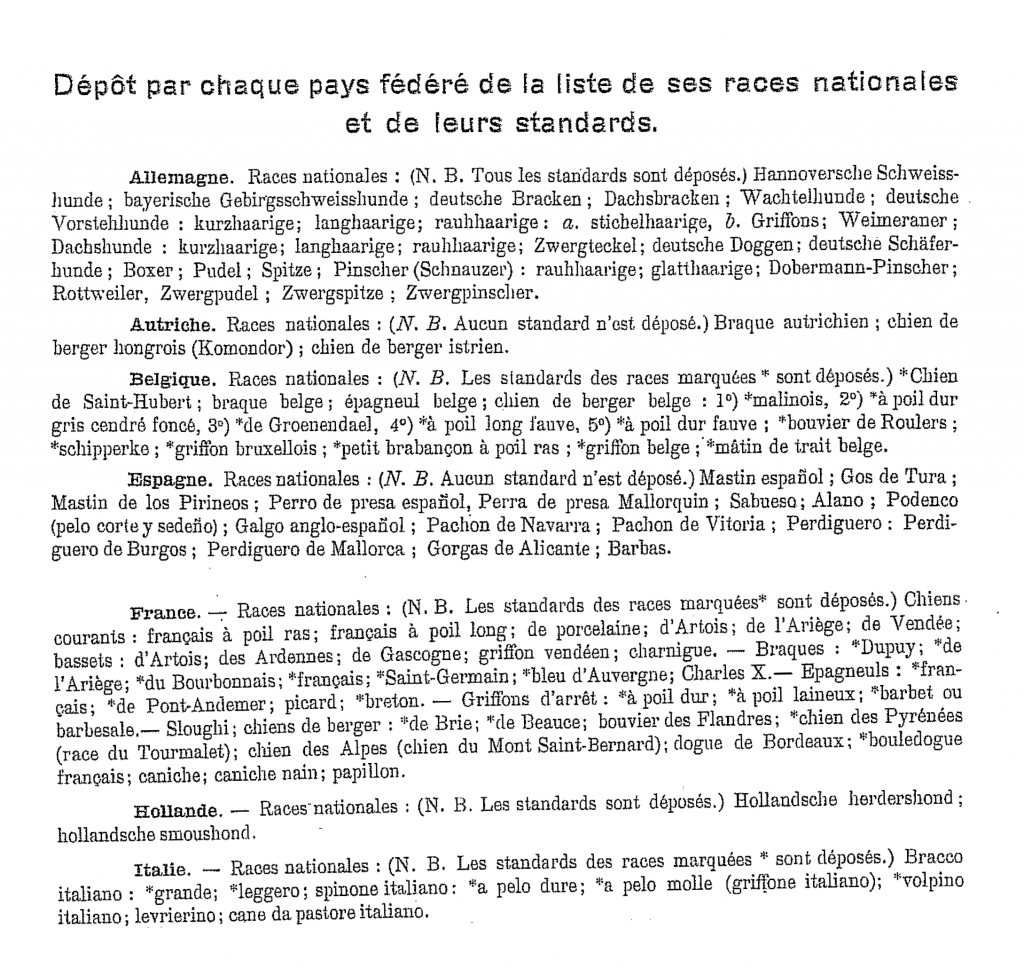
In Amsterdam, Dr Kloppert reports on the first financial accounts of the FCI (as of end 1911). They show a loss of 163 Dutch Florins (80 €) which Dr Kloppert has paid himself!
The national canine organisations of Spain (Real Sociedad Canina en España), Italy (Kennel Club Italiano) and the United States of America (American Kennel Club) are accepted as FCI members, the latter under different conditions still to be worked out.
Another important decision is made and worth a mention: the elected president’s mandate starts at the end of the General Assembly. He then manages the work and chairs the next General Assembly that will take place in his country.
The following year, in March 1913, the third General Assembly is celebrated in Berlin (Germany) under the FCI President, Lieutenant-Colonel Rausch. The financial situation (as of end of 1912) has improved with a credit of 3.12 Dutch Florins (1.6 €)!!!
The Baron W. del Marmol (BE) is elected President. However, for health reasons, he cannot carry out his function and the presidency is taken over by Mr Victor Du Pré.
The 1914 General Assembly takes place in Brussels, on March 30. Mr Du Pré praises the deceased President and informs, regretfully, that Dr Kloppert, who has been the cement of the FCI foundation, has decided to retire. The Baron Houtart (Belgium) is given the post of “Secretary-Treasurer” for a 3-year period
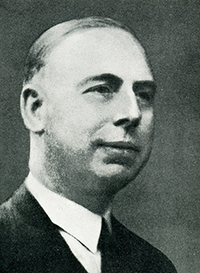
Every (federated) member provides the FCI with the list of their national breeds and their standards. They will have to be respected by all of them and any amendment has to be communicated to the FCI. In addition, it is agreed that the FCI will take the necessary steps to establish an international directory of kennel names.
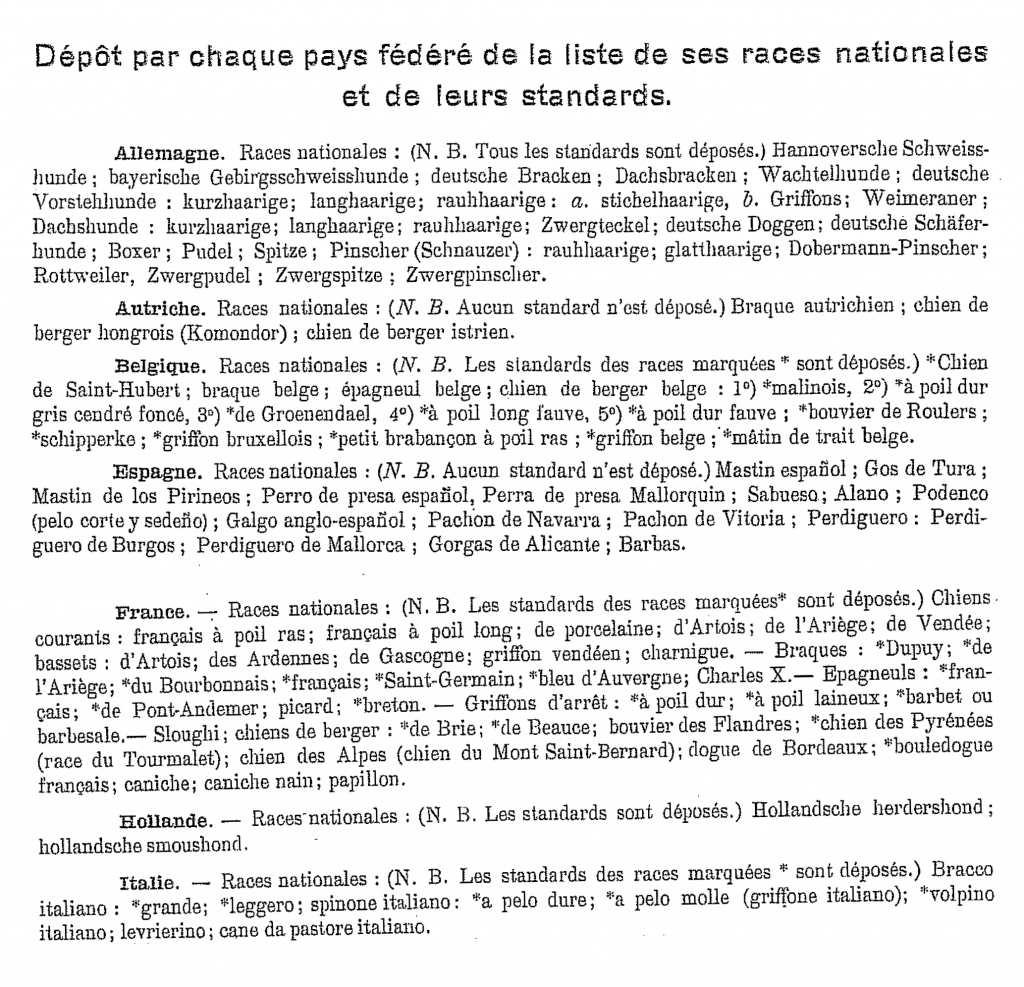
The Netherlands should have been entrusted with the organisation of the 1915 General Assembly under the presidency of the Baron F.W.C.H. van Tuyl van Serooskerken. However, while the President Du Pré had stated in March 1914: “it is a must for us to make sure that our favourite sport can expand and develop better. We shall comply with our task, whatever the circumstances”, the murder on June 28, 1914 of the Archduke François-Ferdinand (Austria) in Sarajevo will drag Europe into the first World War. All the efforts towards globalisation are ruined by this cataclysm that will hit Europe and kill 4,000,000 people between 1914 and 1918. The new-born Federation will not survive either.